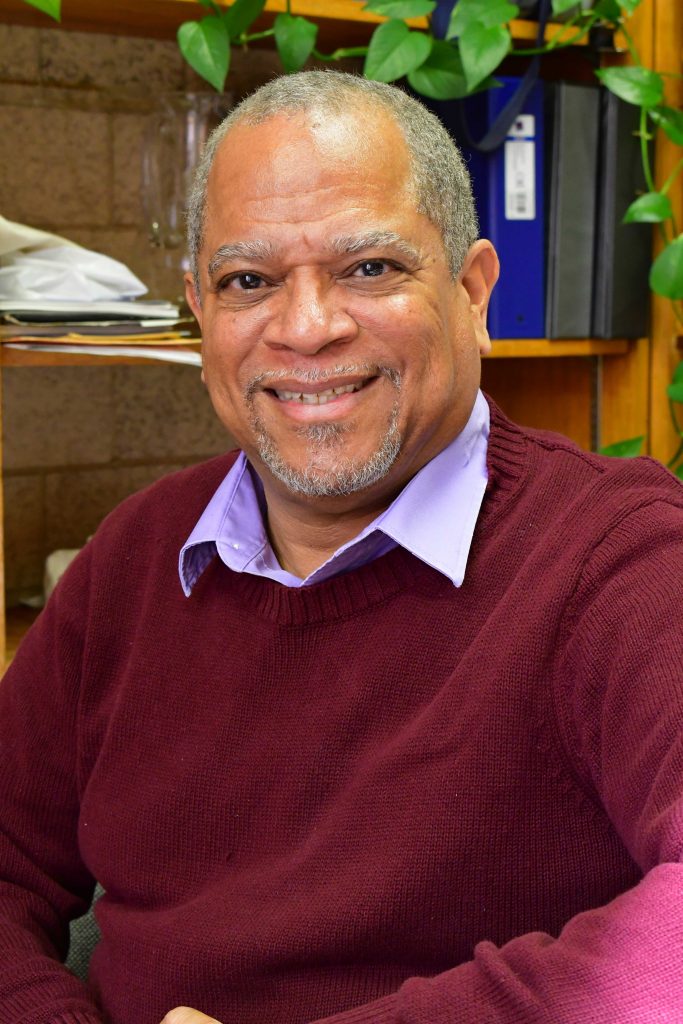I first met Milka Bliznakov in the Fall of 1977. She was quite intimidating: a strong Bulgarian accent bellowing from a deep-voiced, chain-smoking woman who was tenacious and demanding. Tears still come to my eyes when I think about her influence on my life and career. She was the first female architect that I ever met. I was new to Blacksburg, and Charles Steger assigned me to be her Graduate Assistant. She made me teach the one class that I had the least interest in as an undergraduate, Architectural History. She was my Thesis advisor and taught me writing and language skills that you would not expect from someone for whom English was a second language; she put so much red ink on my Thesis that you would have thought it had a ruptured spleen. She supported me when during my second year in Blacksburg I created a Lecture series to introduce Tech to Black design professionals. She funded my participation in programs outside of Blacksburg to give me broader experiences and expose me to the world of architecture. As I said at her memorial service, she was a mentor, a teacher, and a friend.
In 1985, Milka founded the International Archive of Women in Architecture “to document the history of women’s contributions to the built environment by collecting, preserving, and providing access to the records of women’s architectural organizations and the professional papers of women architects, landscape architects, designers, architectural historians and critics, and urban planners.”1
In my graduating classes at Hampton University and VA Tech, there were a combined total of four women receiving their degrees with me. Today, half of the students graduating from Hampton are women and many are like April Drake, Ramatoulie Muhammed, Ashley Montgomery, are destined to be trailblazers who set the design profession on fire. There are more women in architecture today, because they have defied the barriers, withstood the biases, and proven to be critical partners in the work of improving the built environment. And I am certain that most of you reading my thoughts know of many who are doing work that demands our attention, and making contributions that demand our gratitude.
I don’t know how many women were licensed to practice architecture in the late 1970s and early 1980s, but I know that the struggle for recognition and participation has not been easy. What I do know is that Virginia has been blessed to have great leadership in our profession demonstrated by some awesome women. My life has been strongly influenced by designing women, whether licensed or not, who have contributed to my life experiences.
Some were co-workers and colleagues like Carmina Sanchez, Mason Andrews, Marci Turner, Laura Battaglia, Lisa Hampson, Guylaine DesRosier, Lisa Letteri, and LaVeesha Rollins, whose work made me look good. Some, like Jame Anderson and Becky Messer, were great practitioners, collaborators, and even competitors who occasionally allowed me to ride their coattails to success. Others, like Krystal Anderson and Caitlin Morgan, are up-and-coming leaders who will one day take the mantel of leadership in our profession.
And then, there are some dear friends: like Helene Dreiling, Roberta Washington, Kathryn Prigmore who have pushed me, supported, encouraged, and advised me over the years. I would have to write a book to mention all of the great women architects who have touched my life; but, during this Woman’s History Month, I hope you will take some time out and thank some of the ones who helped shape you. For all that she did for me, I never got the chance to tell Milka thank you. But I hope that in this writing, she smiles, knowing that, at least for me, she will never be forgotten, and that her impact has made a difference.
Robert L. Easter, NOMAC, FAIA
2022 AIA Virginia President

